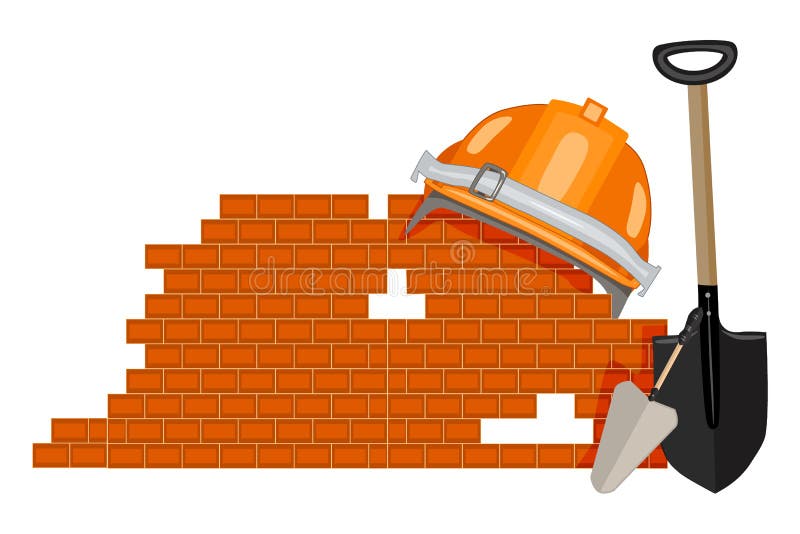What Does Bricklayer Auckland Do?
Wiki Article
Bricklayer Auckland Can Be Fun For Everyone
Table of ContentsFacts About Bricklayer Auckland UncoveredBricklayer Auckland for BeginnersBricklayer Auckland Can Be Fun For EveryoneThe Basic Principles Of Bricklayer Auckland
The distinction between ZERO and also timeless masonry is in the laying of the brick. The brick is no longer pushed up and down, however slanted. Absolutely no has an unique opening on the top side of the brick. Because of this the mortar bed is lower. It will sink even deeper when the following course of blocks is laid.Additionally, we additionally took notice of a good proportion between the size and also width of the brick to make sure that it is best for collaborating with a cot bond. This means the job continues rapidly. Advantage, For a specialist in this manner of functioning is rarely a barrier. He can deal with the material/equipment that recognizes to him.
Bricklayers are a vital career in the construction sector, in charge of laying blocks, pre-cut stone and cinder block in mortar. Bricklayers construct, prolong as well as fix residential and also business structures, as well as other frameworks such as foundations, walls, smokeshafts or attractive stonework. Getting to the end of a job and also having the ability to state 'I developed that' uses a genuine feeling of achievement for brickies.
Your time as a bricklaying apprentice will commonly be split between your employer and training service provider (such as an university), with a minimum of 20% of your typical functioning hours invested in training. Your training might happen each week, each month or in a separate block of time, as well as it can take area at your location of work, at your training copyright or online.
8 Simple Techniques For Bricklayer Auckland
When researching construction, you inevitably discover that any type of brand-new or innovative idea has in fact been attempted over and over once again, typically stretching back years. One of these new-but-actually-old suggestions is the idea of a mechanical bricklayer, an equipment to automate the construction of stonework walls. It's easy to see the appeal of this idea - stonework building seems practically completely fit for automation.It doesn't look like it would certainly call for physically complicated movements - each block gets a layer of mortar applied, as well as is simply laid in place beside the previous one. As well as due to the fact that each physical joint is the same dimension, positioning is practically deterministic - each brick is the very same fixed distance from this content the previous one.
These makers could not pick up anything about their environment, or procedure where a brick required to go - they simply squeezed out a layer of mortar and mechanically positioned a block at regular intervals (Bricklayer Auckland). It's uncertain the number of of these makers ever before made it beyond the attracting board, but at the browse around this web-site very least among these (John Knight's) was used to develop a brick wall that purportedly still stands today.
For many years, stonework has actually declined in relevance as a building and construction innovation in the developed globe, and with it the passion in automating it. Unlike with concrete 3D printing, where there are lots of attempts to create the technology, I can just discover a handful of present initiatives to automate stonework. Bricklayer Auckland.
How Bricklayer Auckland can Save You Time, Stress, and Money.
It can placing blocks in tight corridors or intricate edges, and also Hadrian can build all the walls of a small structure with simply a couple of steps of the vehicle. Hadrian can currently establish about 200 blocks an hour, yet they're intending to be able to do 1000 obstructs a hr or even more (the blocks it sets are different from the block masonry made use of in the United States, but in US masons can set someplace in the neighborhood of 400 obstructs a day).
SAM has a collection of sensing units to make up for the movement of the platform and also guarantee it's placing blocks level, and also can deal with blocks of all various dimensions (though it won't construct CMU block wall surfaces). It obtains installed to a movable scaffolding that's increased progressively as the wall is finished.
The marketing material on Building Robotics' internet site recommends that it's no much longer their major emphasis - more emphasis is given read here to their other item, MULE.Other than SAM and also Hadrian, there are a couple of other mechanical bricklayers in various phases of development. You likewise see the periodic scholastic initiative. One location where we do see some industrial success with mechanical bricklaying is with brick roads - a variety of firms offer machines that can "print" an area of road made of bricks.
Things about Bricklayer Auckland
A somewhat various group of equipments targeted at improving masonry productivity is what I'll call "stonework aides". These are equipments designed to assist with physically raising the block (they appear to be a lot more usual with block than brick) and also taking the strain off the mason, while still enabling the mason to adjust it right into position, Masonry assistants day from at the very least 1994, when the military explore MAMA, the Mechatronically Assisted Mason's Aid.
Report this wiki page